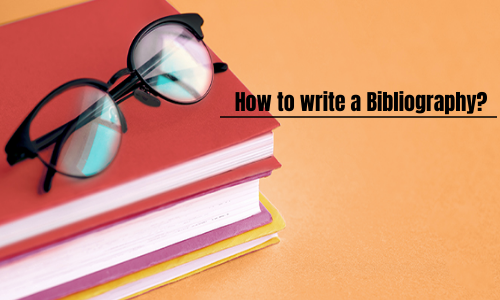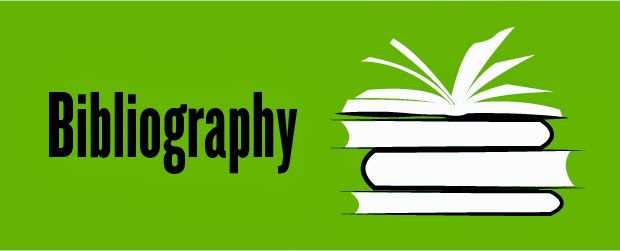
How to write a Bibliography?
In a research paper, the bibliography holds the highest significance, since it alleviates the writer from the allegation of plagiarism. Students are generally assigned different kinds of assignments and research papers in their academic career. So it is important for them to understand how to draft a bibliography, before starting to draft an assignment. Basically, writing a bibliography involves the concept of listing sources that are referred to in the content of your assignment or research paper. If you are to draft a scholarly assignment or research paper, then it is important for you to include in-text citations at required places and this provision should not be ignored at any cost.
If you fail to include the references or bibliography in your assignment, then it would be considered as your incapability to acknowledge the relevant sources. This can even pose the risk of plagiarism and working ethics. Therefore, it is essential for every student to give equal importance to the references as they give to the content. With the help of this blog, you’ll be able to draft the bibliography of your content in a very professional manner which would surely attract the evaluator’s attention.
Until and unless you are not aware of the actual purpose of enlisting the sources, you’ll never be able to format your bibliography in a perfect manner. As a student, you should always keep in mind that the concept of including bibliography in your paper is to enlist the relevant sources, which might consist of books, journals, magazines, newspaper articles, online articles, existing research papers and so on. The facts or information taken from other sources should be perfectly cited and listed carefully in the bibliography list in order to give proper acknowledgement to the respective author(s).
The main features that you need to consider while drafting the list of bibliography should be-
- the year of publishing
- the name of the author
- the genre of literature
- publishing date
This would further help the readers differentiate between your inferences and the works of other peers.
A basic guide on how to write a bibliography
Bibliography comes in different varieties which are basically segregated based on its certain characteristics, which includes-
Analytical bibliography: If you plan to opt for being a bit analytical with your bibliography, then you can go for this type. The analytical bibliography further gets classified into three types, textual, historical and descriptive. Under the division of textual bibliography, a comprehensive comparison is conducted between the actual piece of literature and the already published version of work. Whereas, the format of historical bibliography, majorly defines the source based on its attributes or physical dimensions. The analytical bibliography stands to be more practical and user-friendly in nature.
Enumerative bibliography: This section of bibliography is very important to students, as it is mostly used in the academic scenario. The order of the publishing date, author’s name and the subject are used in the enumerative bibliography. It basically highlights the feature of thematic representation or basic grouping. This type of exclusive approach doesn’t require you to focus upon the physical or corporeal factors.
Annotated bibliography: This type of bibliography majorly focuses on alphabetically enlisting the sources. Therefore, the sources need to be very evident and accurate in nature. The description of the source should be mentioned with great caution and credibility since it’s the major requirement of the annotated bibliography.
Apart from this, there are also many other categories in the bibliography that include serial bibliography, retrospective bibliography, period bibliography, national bibliography, current bibliography and subject bibliography.
Variances between bibliography and references
There’s a very thin line between the concept of bibliography and references, adhering to its features and nature of use. However, the format of the sources listed in both categories provides for the most evident difference between them. The instance of bibliography goes a bit stricter one while including the sources at the end of the assignment. There is a need to understand the difference between bibliography and references so that no one ever enlists the bibliography assimilating it to the factors of references. Not to mention, but bibliography represents a much more elaborated version of the references.
Writing a bibliography
You can simply rely on the practical implications of different formats, with the help of various samples implied in the bibliography. In order to enlarge your practical knowledge over the implication of bibliography, look out for the below-given varieties of format-
Enumerative bibliography: Surname of the author, name of the author, title of the book, location of publishing, publishing year.
Example- Smith, Abigail. Of Dreams, Myths and Philosophies. New York: Inkpot Publications, 1996
Annotated bibliography: Name of the author, surname of the author, year of publication in brackets, the title of the book, volume, respective page number.
Example- Brown, D.A, (1996), The Impact of The Internet on The Young Learners of The World, The Daily Tech Journal, 67, 645-652.





